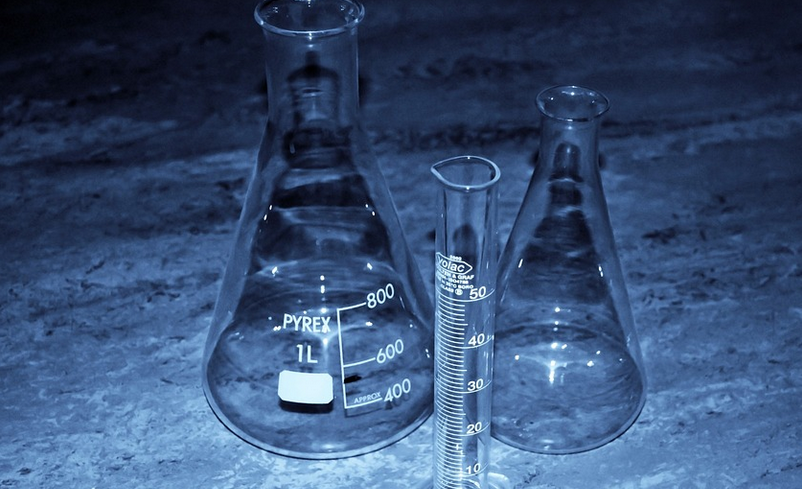The Importance of Physical and Chemical Basis of Life
The physical and chemical basis of life is an essential topic that every biology student must understand. It is the foundation of life, including the structure and function of cells, tissues, organs, and organisms. Understanding the physical and chemical processes that occur within living organisms is crucial for developing new medicines, improving our health, and enhancing our quality of life. In this article, we will review some of the critical concepts covered in the EOC review part 2.
Atoms and Molecules
Atoms are the basic building blocks of matter. Atoms combine to form molecules, which are the smallest units of a substance that retain its chemical properties. In living organisms, the most common elements are carbon, hydrogen, oxygen, nitrogen, phosphorus, and sulfur. These elements combine to form organic molecules such as carbohydrates, lipids, proteins, and nucleic acids, which are essential for life.
The Properties of Water
Water is the most abundant compound in living organisms, accounting for up to 70% of the total body weight. It is an excellent solvent, meaning it can dissolve many substances, including salts, sugars, and amino acids. Water also has a high heat capacity, which helps regulate body temperature in living organisms. Additionally, water molecules are cohesive, meaning they stick together, allowing for capillary action in plants and blood vessels in animals.
Carbohydrates
Carbohydrates are organic molecules made up of carbon, hydrogen, and oxygen. They are the primary source of energy for living organisms and are found in many foods such as bread, pasta, and fruits. Carbohydrates can be broken down into simpler sugars such as glucose, which can be used by cells to produce energy through cellular respiration.
Lipids
Lipids are organic molecules that are insoluble in water. They include fats, oils, and waxes and are essential for energy storage, insulation, and cell membrane structure. Lipids can be broken down into fatty acids and glycerol, which can be used for energy production.
Proteins
Proteins are complex organic molecules made up of amino acids. They are essential for many biological processes, including enzyme catalysis, DNA replication, and cell signaling. Proteins can be broken down into amino acids, which can be used for energy or used to build new proteins.
Nucleic Acids
Nucleic acids are organic molecules that store and transmit genetic information. They include DNA and RNA and are essential for protein synthesis and cell division. Nucleic acids are made up of nucleotides, which consist of a sugar, phosphate, and nitrogenous base.
Enzymes
Enzymes are proteins that catalyze chemical reactions in living organisms. They lower the activation energy required for a reaction to occur, thereby increasing the rate of the reaction. Enzymes are specific to the substrates they bind to and can be affected by factors such as temperature, pH, and concentration.
Cellular Respiration
Cellular respiration is the process by which cells convert glucose and oxygen into ATP, the energy currency of cells. The process occurs in the mitochondria and involves several steps, including glycolysis, the Krebs cycle, and the electron transport chain. Cellular respiration is essential for providing energy to cells for growth, repair, and maintenance.
Conclusion
Understanding the physical and chemical basis of life is crucial for anyone interested in biology. In this article, we have reviewed some of the critical concepts covered in the EOC review part 2, including atoms and molecules, the properties of water, carbohydrates, lipids, proteins, nucleic acids, enzymes, and cellular respiration. By understanding these concepts, we can gain a deeper appreciation for the complexity and diversity of life and its many processes.

